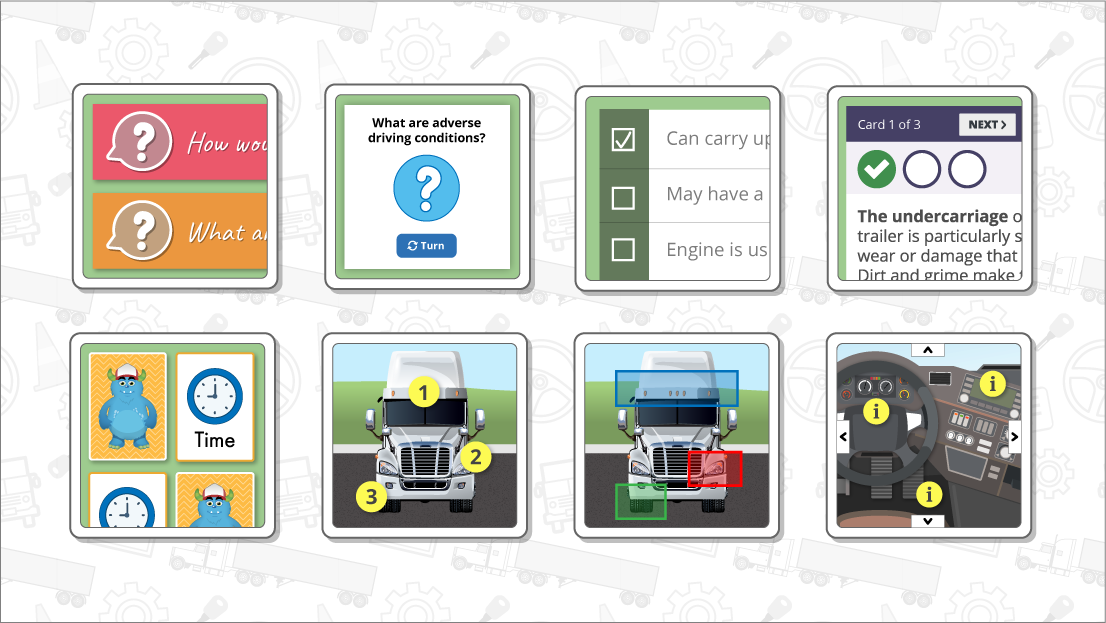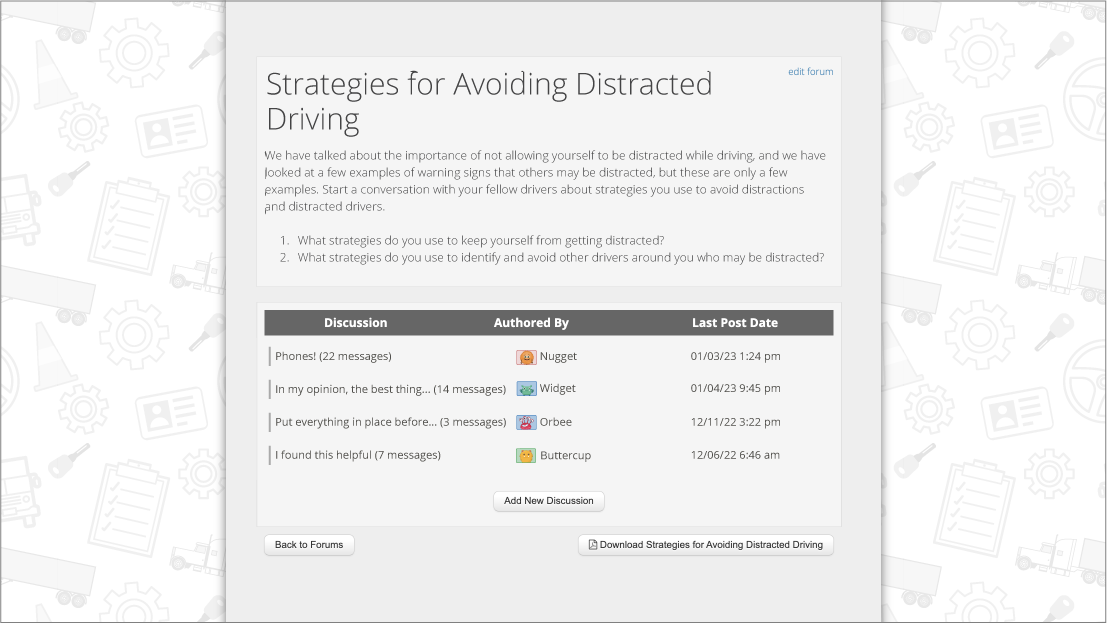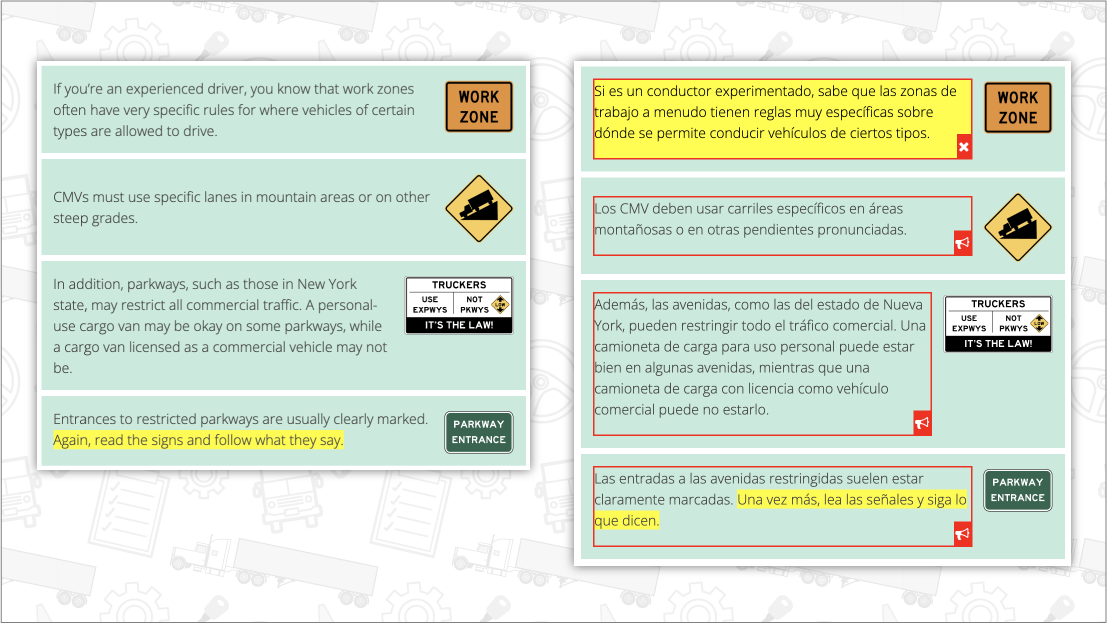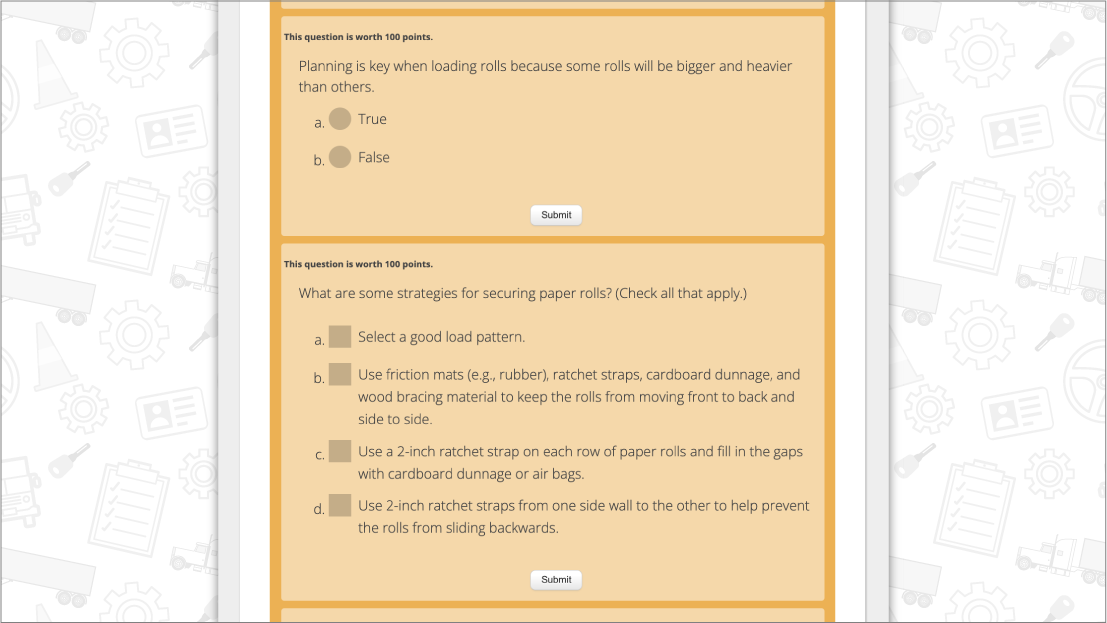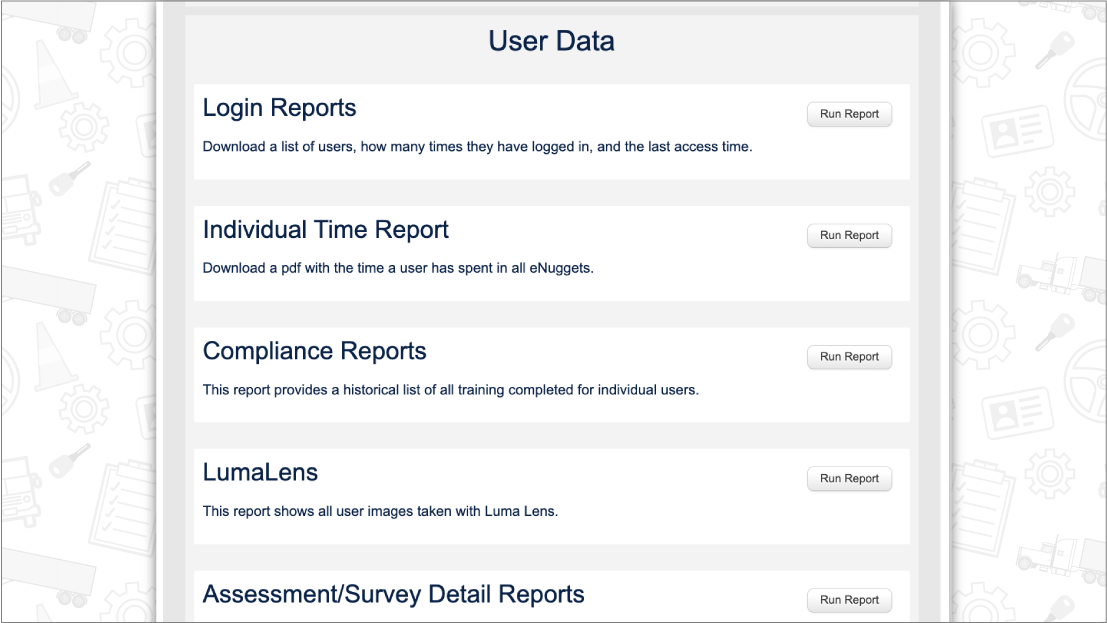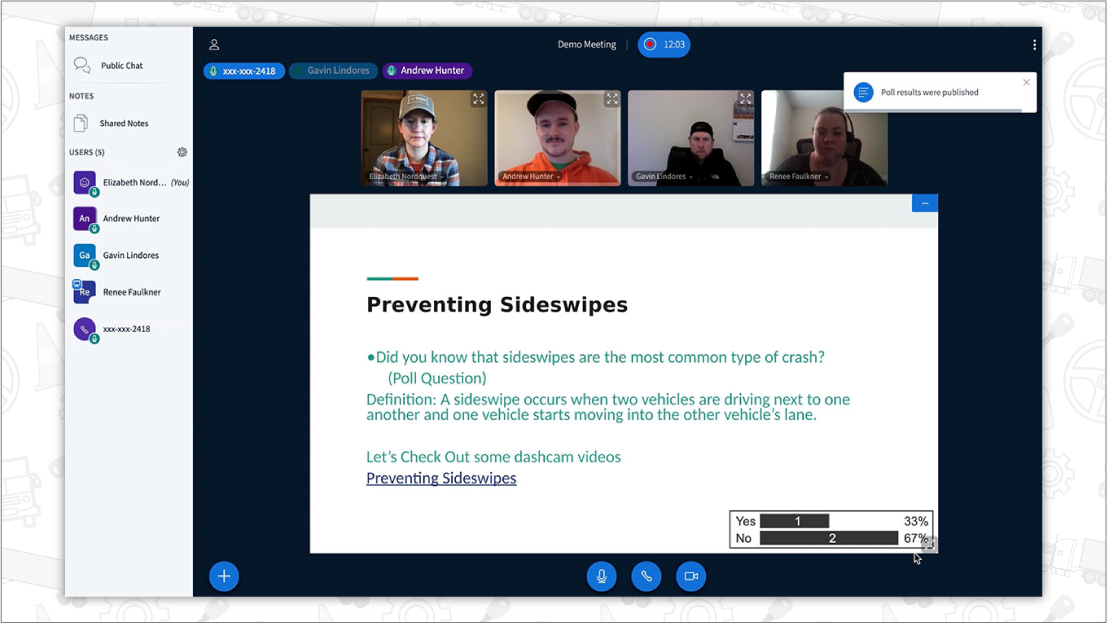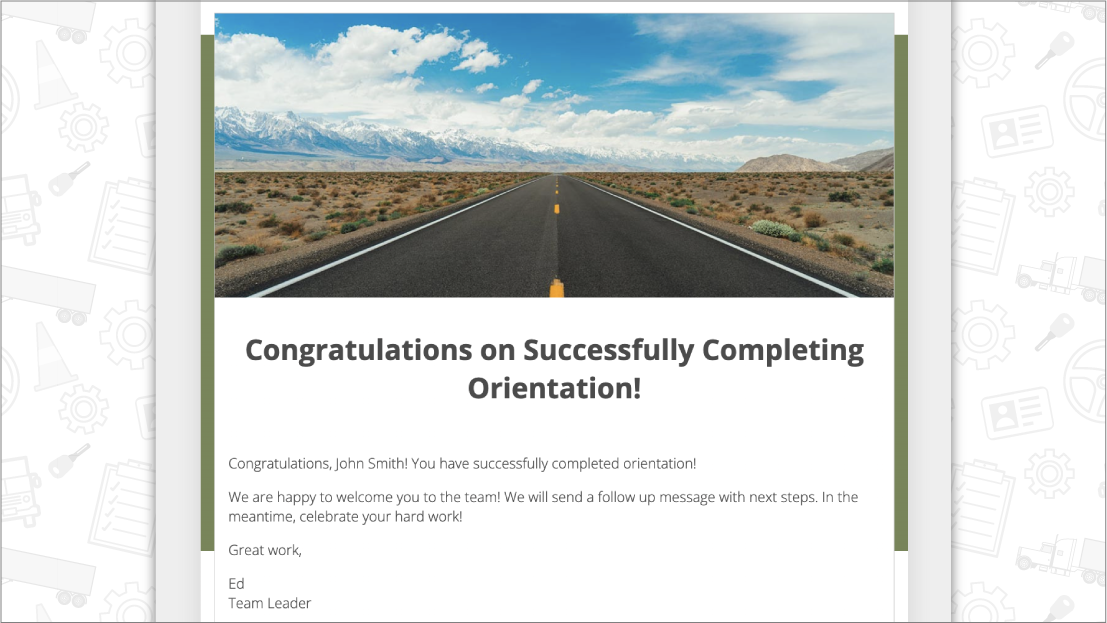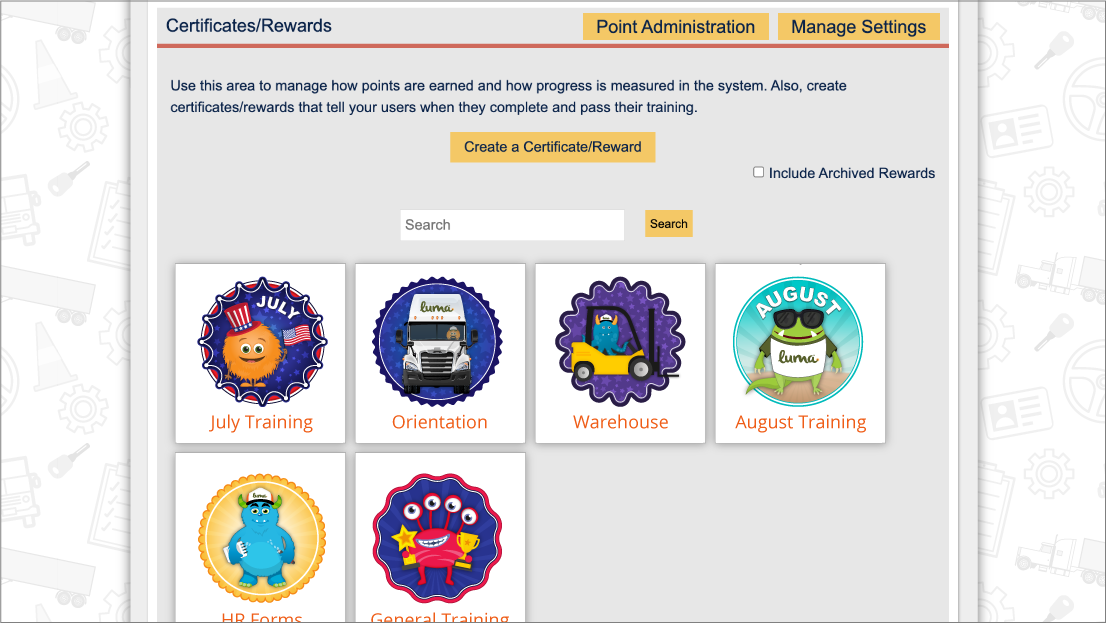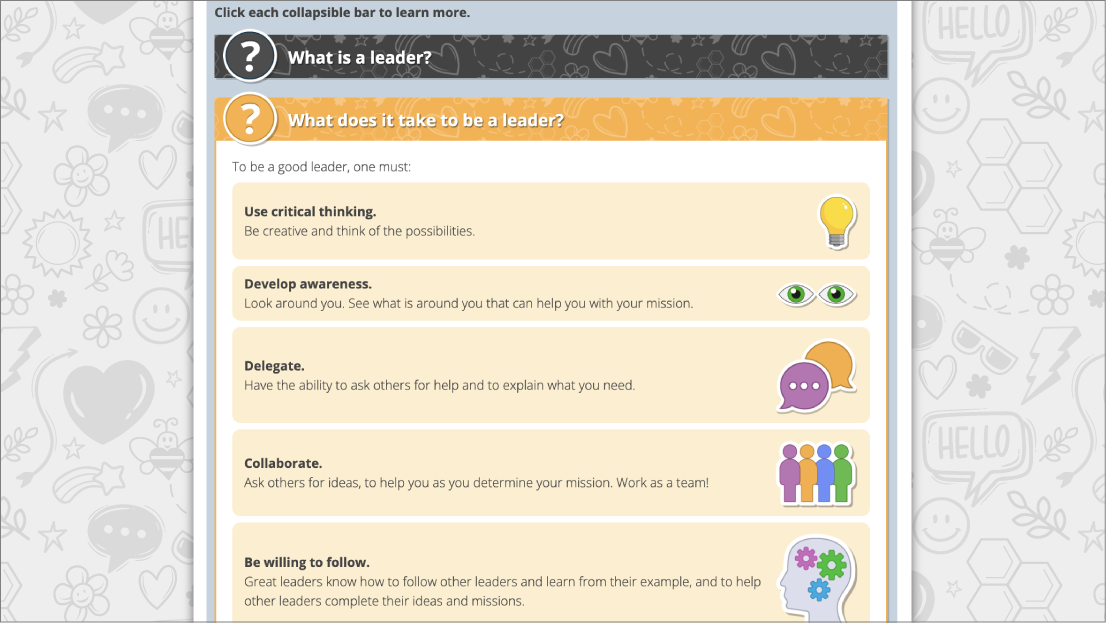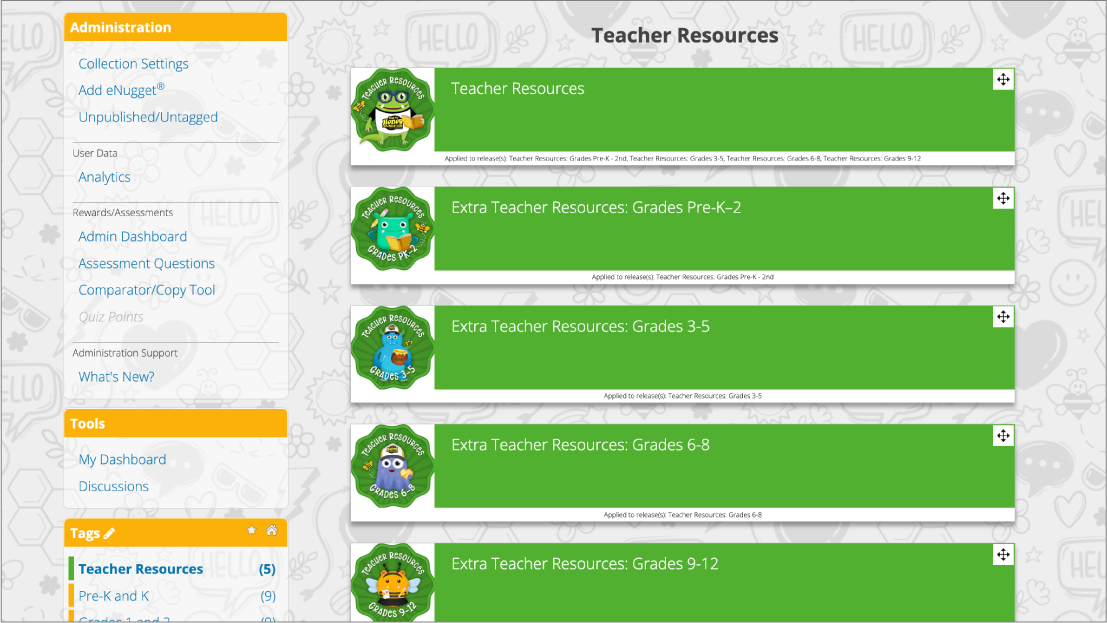
Luma Connection #41: Virtual Socratic Seminars
Collaboration and connection are important for our social-emotional well-being. Importantly, Luma has conducted research and published the benefits for creating learning communities remotely. This year, Luma will provide specific strategies you can implement to connect learners remotely. We are calling these strategies our Luma Connections.
Teaching Tool: LumaLive®
 This is Luma’s synchronous or same time meeting tool. This online tool allows learners to interact with each other to explore a topic and to discuss key concepts, share experiences, interact with each other, and to ask questions in real time. Interactions are in real-time and can be mentor-learner, learner-to-content, learner-to-self, and learner-to-learner.
This is Luma’s synchronous or same time meeting tool. This online tool allows learners to interact with each other to explore a topic and to discuss key concepts, share experiences, interact with each other, and to ask questions in real time. Interactions are in real-time and can be mentor-learner, learner-to-content, learner-to-self, and learner-to-learner.
 Tip:
Tip: Virtual Socratic Seminars

Socratic Seminars are formal discussions that allow learners to think critically and creatively as they discuss a series of open-ended questions in a structured environment. Socratic Seminars are named after philosopher Socrates who valued learning through questioning. This type of discussion enables learners to deeply explore a topic and articulate their thoughts and feelings about a topic while responding to others.
- Questioning occurs after the learner engages with the content.
- Create three to five open-ended discussion questions that encourage learners to think critically about the topic.
- Before the discussion, provide learners with the discussion questions to formulate their responses and prepare their evidence and critical points.
- Establish the procedures/expectations, such as how learners should appropriately respond, the method for learners to respond (i.e., raised hand chat feature), expectations about sharing, and expectations for friendly disagreement.
- Consider providing learners with a limit for how long they can share per turn and on how many times they may share for each question, so all learners have a chance to contribute to each discussion question.
- Ask learners “What is your response?” or “What are your thoughts on what X just said?” to encourage learners to respond. Instruct learners to summarize what the person said before responding to ensure their response is related and on topic.
- Ask “Why?” when a response requires more elaboration or reasons.
- Select a discussion facilitator. Will you facilitate the discussion, or will a learner facilitate it? If the facilitator is a learner, ensure the learner feels comfortable and confident doing so.
- Provide time after the discussion for learners to reflect on successes and troubleshoot challenges.

 Luma® is an instructional design and learning company that can help you connect learners remotely while creating powerful learning communities. Give us a call at (574) 807-8148 ext 5 or email
Luma® is an instructional design and learning company that can help you connect learners remotely while creating powerful learning communities. Give us a call at (574) 807-8148 ext 5 or email 